Historical Timeline
 |
1966
|
|
1967
|
|
 |
1969
|
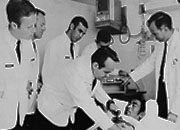 |
September 12, 1969
|
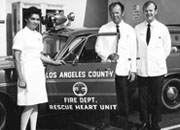 |
December 8, 1969
|
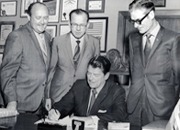 |
July 14, 1970
|
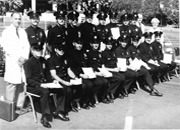 |
September 1970
|
 |
May 11, 1971
|
 |
January 1972
|
|
1973
|
|
|
1974
|
|
|
Late 1970s
|
|
|
Late 1979
|
|
 |
November 1980
|
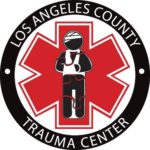 |
December 15, 1983
|
|
Late 1983
|
|
|
1984
|
|
 |
1984-1985
|
|
Late 1980s
|
|
|
July 1994
|
|
|
1995
|
|
|
March 1997
|
|
|
September 1997
|
|
|
February 2002
|
|
|
August 2003
|
|
|
June 2004
|
|
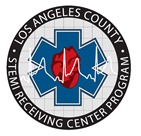 |
December 1, 2006
|
|
June 2007
|
|
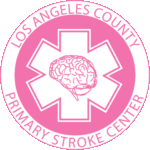 |
April 2009
|
|
February 2012
|
|
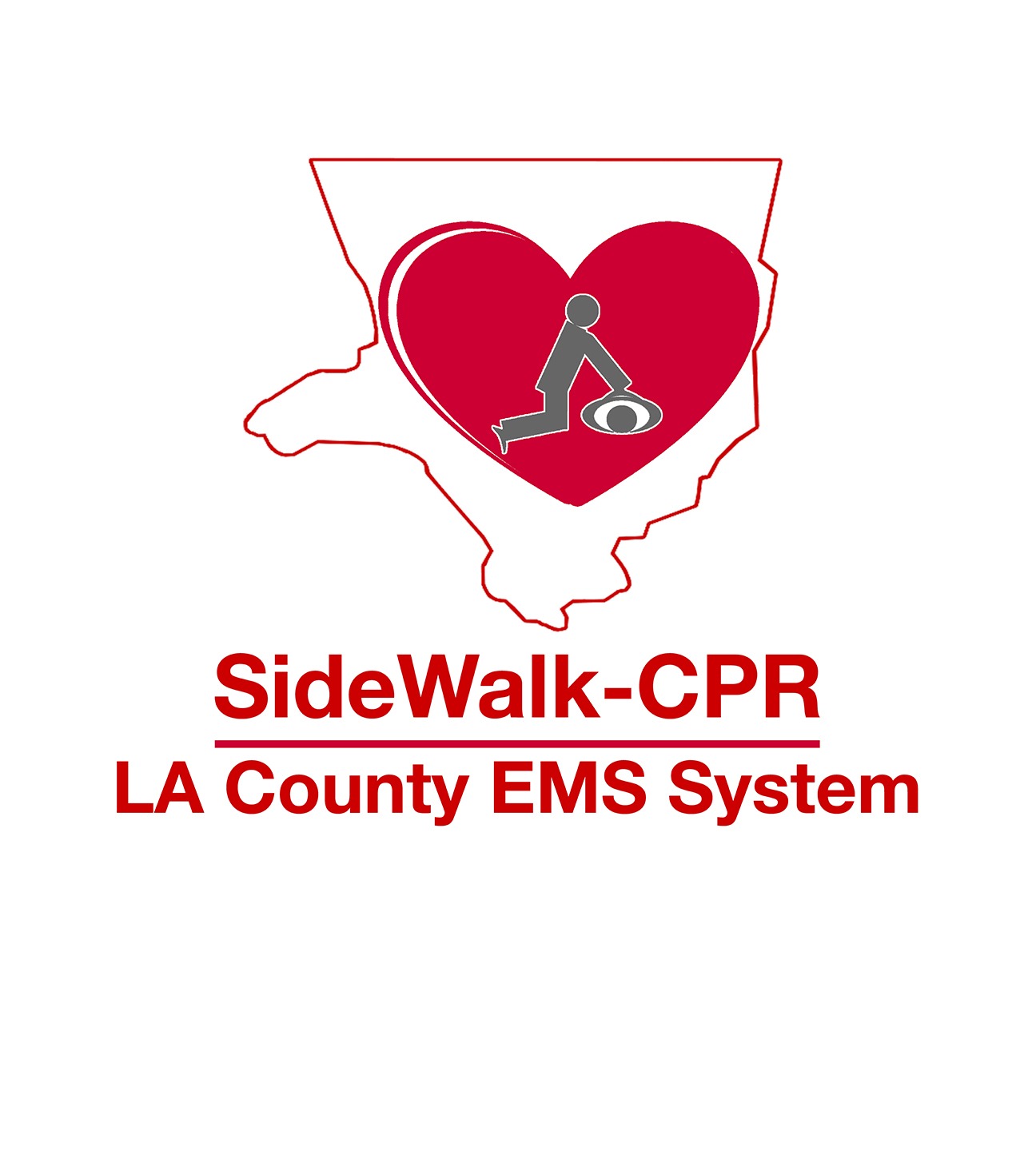 |
June 7, 2012
|
|
December 2014
|
|
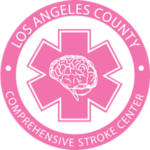 |
December 2017
|
|
2018
|
|
|
2019
|
|
|
2020
|
|
|
2022
|
|
|
2023 |
|